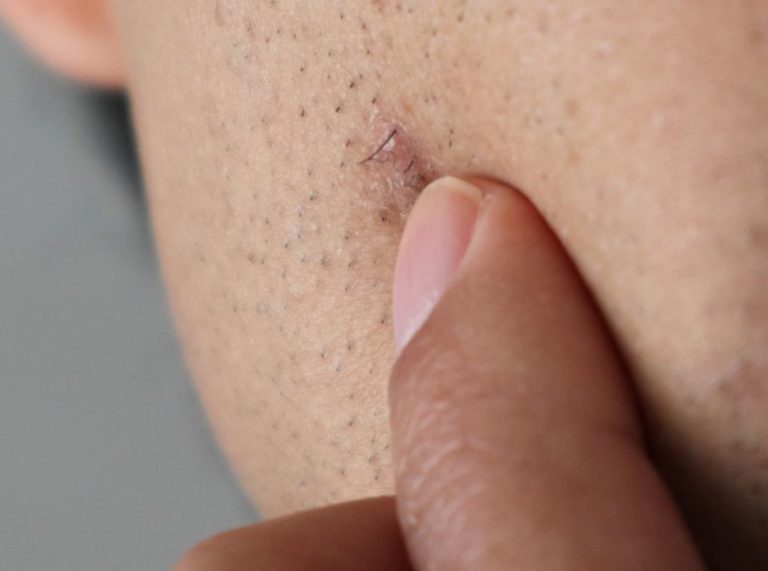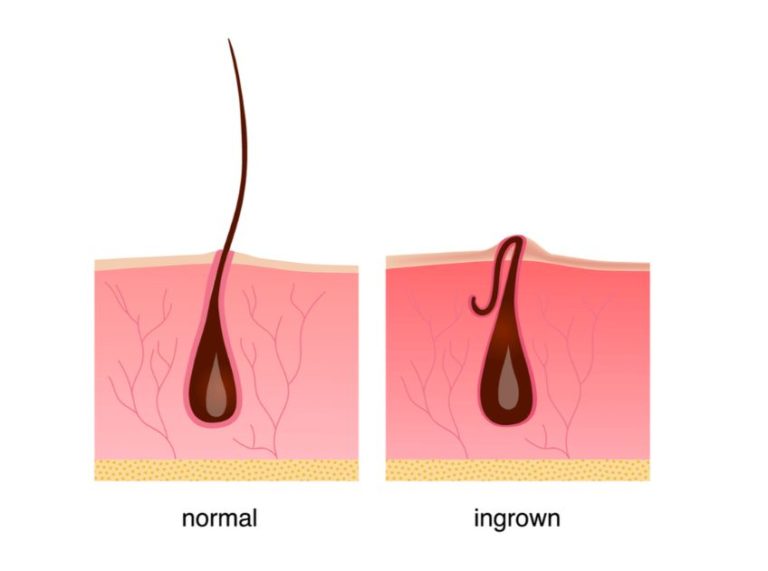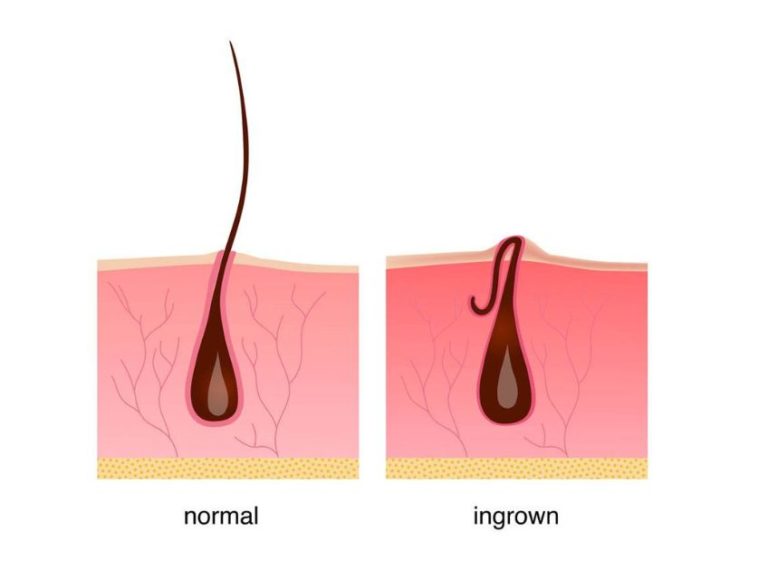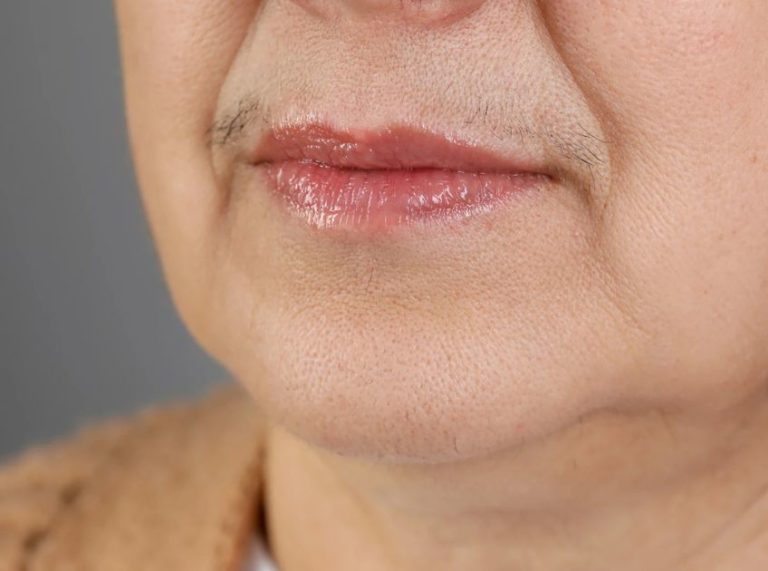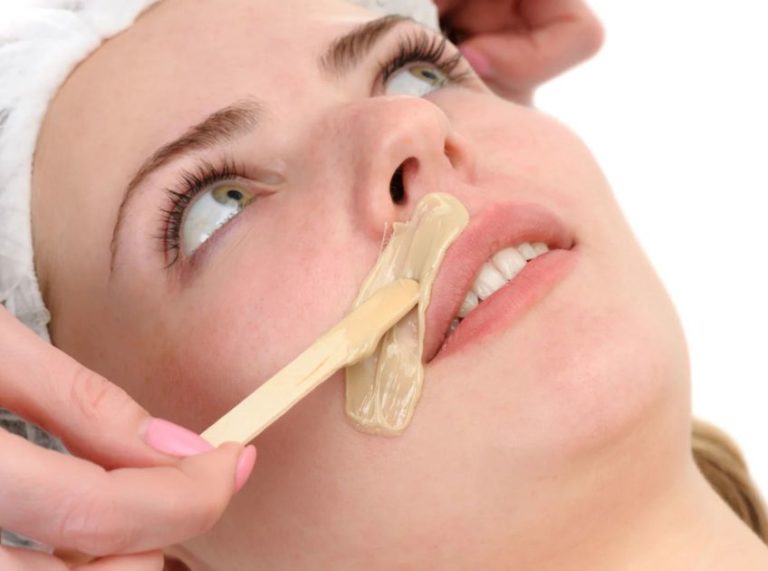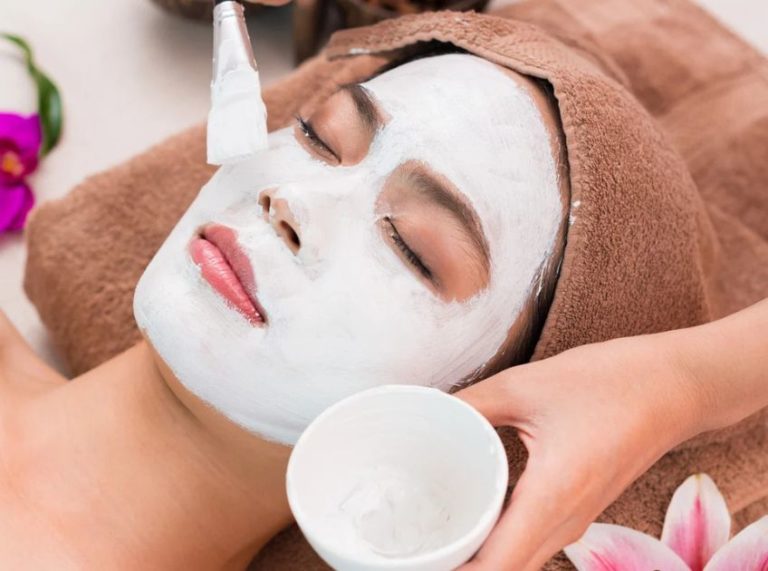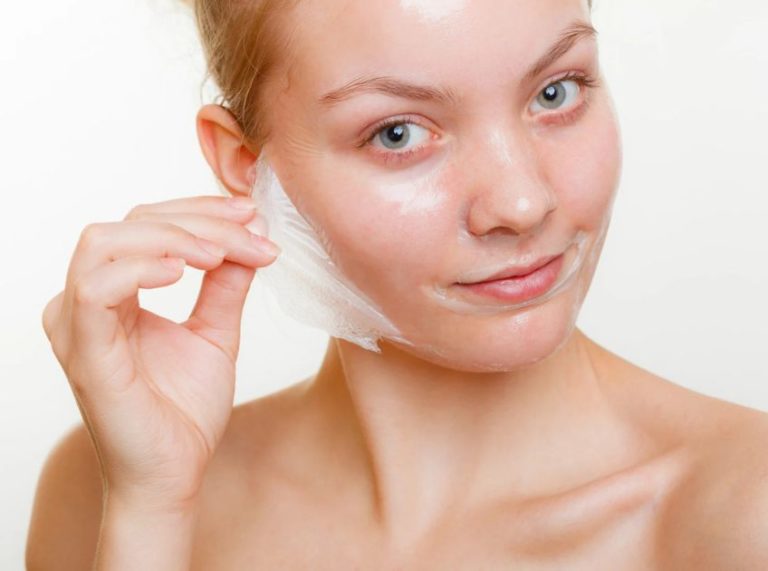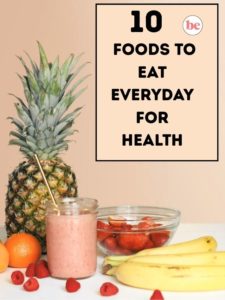
Important: This article is for informational purposes only. Please read our full disclaimer for more details.
Thinking about getting bangs? You’re not alone—bangs can completely transform your look, highlight your best features, and add a fresh vibe to your style. But before you grab the scissors or book that salon appointment, there are a few important things to know. Bangs are beautiful, but they come with their own set of rules, maintenance, and personality.
Here’s what hair experts want you to know before taking the plunge.
Article Contains
1. Bangs Are Not One-Size-Fits-All
The biggest mistake people make? Thinking that bangs will automatically work for everyone the same way. The truth is, the type of bangs matters as much as the decision to get them.
- Blunt bangs look great on oval or longer faces
- Side-swept bangs soften angular features
- Curtain bangs suit almost every face shape and grow out gracefully
- Wispy bangs are low-commitment and flattering for fine hair
Pro Tip: Consult your stylist about what works best for your face shape, hair texture, and lifestyle before committing.
2. They Require Daily Styling (Yes, Daily)
Don’t be fooled by Pinterest-perfect images—bangs aren’t “wash and go.” Most bangs need styling every morning, especially if your hair is wavy, curly, or prone to cowlicks.
Be ready to use:
- A round brush
- Blow dryer
- Dry shampoo or lightweight styling cream
You’ll also want to avoid letting them air dry, or they may take on a mind of their own.
3. Oil and Bangs Don’t Mix Well
Bangs rest on your forehead, which tends to get oily throughout the day. That means your bangs may start to separate or look greasy even if the rest of your hair is clean.
Quick Fixes
- Keep a travel-sized dry shampoo in your bag
- Use blotting papers on your forehead mid-day
- Wash just your bangs in the sink if needed
This combo helps keep bangs looking fresh without washing your whole head daily.
4. You’ll Need More Frequent Trims
Bangs grow faster than you think. In just a few weeks, they can go from perfect to poking your eyes.
Expect to visit the salon every 2–3 weeks for a trim. Some salons offer complimentary bang trims for regular clients—ask yours!
DIY trims are possible but risky. If you’re not confident, it’s best to leave it to the pros.
5. Growing Them Out Is a Process
If you change your mind, bangs can be stubborn to grow out. The transition period (think awkward lengths and daily pinning) may last months.
To make the process smoother:
- Style with headbands, clips, or braids
- Switch to curtain bangs to help them blend in
- Ask your stylist to shape them into layers
Patience is key during the grow-out phase, especially if you’re aiming for a no-bangs look again.
6. Your Hair Texture Will Influence the Outcome
Bangs look different on curly, straight, or wavy hair, and each texture needs specific care.
- Straight hair is easier to control, but it can go flat
- Wavy hair may need heat styling for consistency
- Curly hair looks amazing with bangs, but only with the right cut and moisture care.
Work with a stylist who understands your hair type and knows how to cut bangs accordingly.
7. Weather Can Wreak Havoc
Humidity and sweat don’t play well with bangs. Expect frizz, separation, or curls where you didn’t want them.
To protect your look:
- Use anti-frizz serum or lightweight hairspray
- Choose products with humidity protection
- Embrace the messy look—on some days, it’s unavoidable
If you live in a tropical or high-humidity area, consider how much effort you’re willing to put in daily.
8. They Can Completely Transform Your Look (In a Good Way!)
The best part about bangs? They can frame your face beautifully, highlight your eyes, and even make you look younger.
Bangs can:
- Balance a large forehead
- Add softness to sharp jawlines
- Draw attention away from fine lines or blemishes
- Give you an effortlessly cool, Parisian vibe
Done right, bangs can be a total confidence booster—just make sure you’re ready for the commitment.
Frequently Asked Questions (FAQ’S)
Q1: Will bangs cause breakouts on my forehead?
A. They can if your forehead is oily or if you use heavy styling products. Cleanse your forehead regularly, avoid touching your bangs too much, and choose oil-free styling formulas.
Q2: Can I get bangs with curly hair?
A. Absolutely—but it’s essential to work with a stylist who understands curly textures. Curly bangs are trending and look amazing when shaped correctly and styled with hydrating products.
Q3: What’s the easiest type of bangs to maintain?
A. Curtain bangs or wispy bangs are generally lower maintenance and easier to style and grow out. They’re great starter bangs if you’re unsure about fully committing.
Final Thoughts: Are Bangs Right for You?
Bangs can be beautiful, flattering, and refreshingly bold—but they’re also a commitment. From styling and trims to weather challenges and growing pains, there’s more to them than meets the eye.
If you’re ready for the upkeep and excited about the change, go for it! A great stylist, the right cut for your face shape, and a bit of daily effort can turn bangs into your best beauty decision yet.
